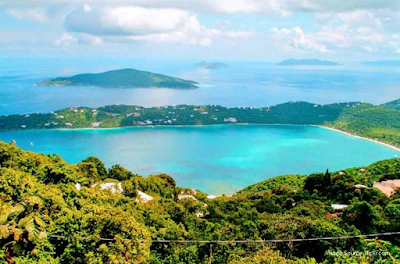Mahakaleshwar Temple
The Mahakaleshwar Temple is one of the most famous and revered temples in Ujjain, Madhya Pradesh, India. Dedicated to Lord Shiva, it is one of the twelve Jyotirlingas, which are considered the most sacred abodes of Lord Shiva.
 |
| Mahakaleshwar Temple |
Here are some key points about the Mahakaleshwar Temple:
Significance: The Mahakaleshwar Temple holds immense religious significance for Hindus, particularly devotees of Lord Shiva. It is believed to be one of the holiest sites where devotees can attain salvation (moksha) by worshipping Lord Shiva.
Jyotirlinga: The presiding deity of the temple is Lord Shiva in the form of Mahakaleshwar, which is one of the twelve Jyotirlingas. The Jyotirlinga is believed to be self-manifested (swayambhu) and is considered incredibly powerful and auspicious.
 |
| Mahakaleshwar Temple |
Architecture: The temple's architecture reflects a blend of Maratha, Rajput, and Mughal styles. The spire (shikhara) of the temple is adorned with intricate carvings and sculptures. The temple complex also includes other shrines dedicated to various deities.
- Rituals and Worship: The Mahakaleshwar Temple is known for its elaborate rituals and ceremonies performed throughout the day. The most significant ritual is the Bhasma Aarti, where the idol of Lord Shiva is adorned with ash (bhasma) during the early morning hours, which is considered highly auspicious.
Ujjain Simhastha: The Mahakaleshwar Temple is particularly busy during the Ujjain Simhastha Kumbh Mela, which is held every 12 years. During this time, millions of devotees gather in Ujjain to take a holy dip in the Shipra River and seek blessings at the Mahakaleshwar Temple.
Location: The temple is located in the heart of Ujjain, near the Rudra Sagar Lake. Its central location makes it easily accessible to pilgrims and tourists visiting Ujjain.
Historical and Cultural Importance: The Mahakaleshwar Temple has a long and rich history dating back to ancient times. It has been mentioned in various Hindu scriptures and texts, contributing to its cultural and religious significance.
Visiting the Mahakaleshwar Temple in Ujjain is not only a religious experience but also an opportunity to admire the architectural beauty and immerse oneself in the spiritual ambiance of one of India's most sacred pilgrimage sites.




.jpg)























